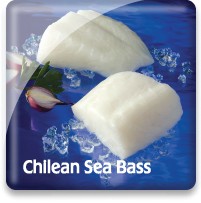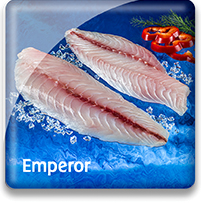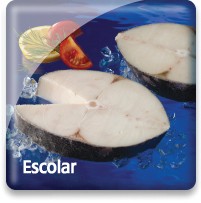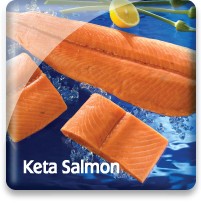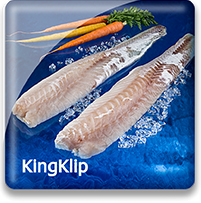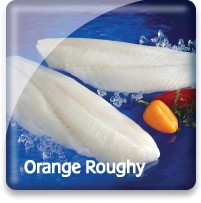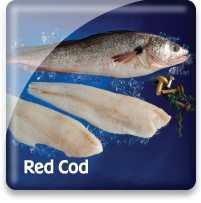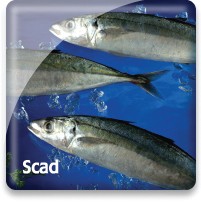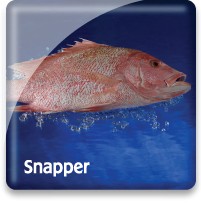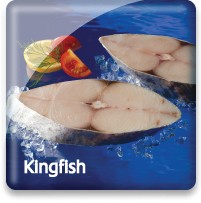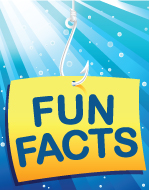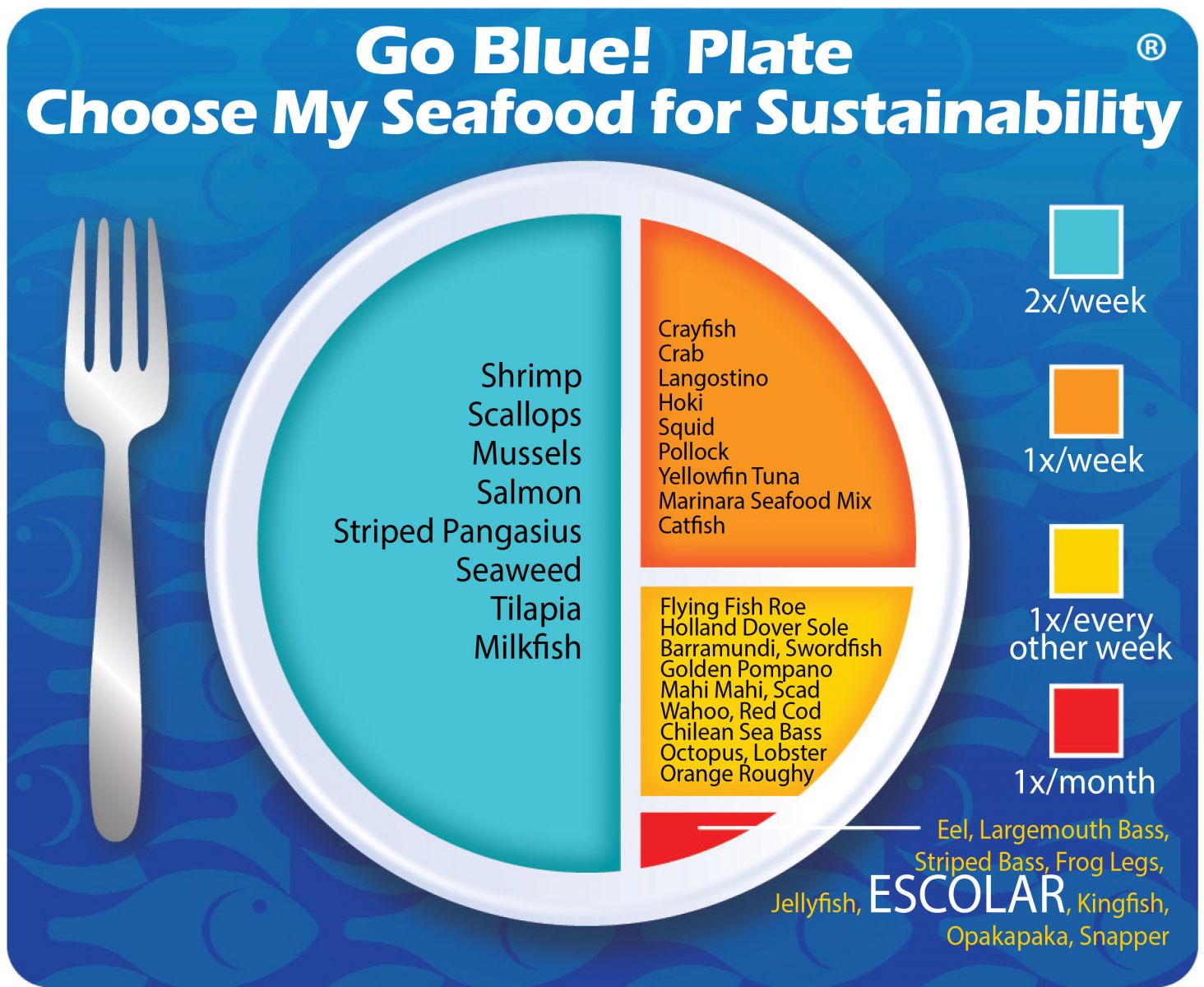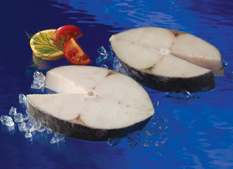
Escolar

Market Name: Eating QualitiesEscolar has a rich, buttery flavor. Because of its rich oil content, the texture tends to be tuna-like. It can be grilled, broiled, or steamed.
   |
Description & CharacteristicsEscolar is a member of the Gemphylidae Family which includes the escolars, oilfish, and snake mackerels, and it is for this reason that it is sometimes confused with these; Black Snake Mackerel, Nealotus tripes (first dorsal fin has a very long base), the Monterey Spanish Mackerel, Scomberomorus concolor (6 to 8 anal and dorsal finlets), and the Oilfish, Ruvettas pretiosus (first dorsal has 13 to 15 spines). There are 23 known global members of this family from 16 genera.The Escolar is the only member of the genus Lepidocybium. It is a brown to black-colored, deep-water fish mostly found in tropical and temperate waters in depths ranging from 200 to 885 meters. This fish is known to migrate upward at night. Given that Escolar is not able to digest some of the esters which are a natural part of its diet, the fat content on this fish may be over 20%; it is recommended not to eat more than 6 oz. per serving. Therefore, its oily flesh may have purgative properties. However, its high level of fat provides it with what many chefs believe is “an unparalleled smoothness” and the meat is commonly soft when broiled, steamed, or grilled.Escolar is also sold as “white tuna” in sushi restaurants, and Walu in Hawaii. One of the most common presentations of this fish is vacuum-packed frozen blocks, steaks, cubes, and loins.
Escolar can grow to more than six feet in length.
Escolar was featured in the famous TV show Top Chef, prepared by Carla Beaker for the well-known Chef Eric Ripert.
Other Resources |
Handling Instructions for Escolar
Frozen Escolar steaks must be stored frozen at or below 0°F (-18°C) and then thawed properly when ready to cook. Our Escolar steaks are individually vacuumed packed to provide single serve convenience and to protect against freezer dehydration. The frozen shelf life of our escolar is 24 months. Links to proper seafood handling instructions: NOAA - Fish Watch: Handling Seafood and A Consumer Guide to Safe Seafood Handling.
Thawing Escolar
The Escolar steaks must be removed from their vacuumed packed bag, placed in a tight fitting plastic bag or covered container and placed under refrigeration between 33 and 39°F for 12-24 hours or until thawed. The FDA requires that you never thaw vacuum packed seafood in the refrigerator due to the fact that the anaerobic (airless) environment may allow for the growth of the bacterium Clostridium
Important Instructions for Escolar
Consuming Escolar immediately after proper thawing yields the best quality. Escolar is naturally high in the essential amino acid histidine and must be kept under proper refrigeration (33-39°F) once thawed to prevent the formation of histamine that can cause an allergic type reaction called scombroid poisoning. Histamine may be formed from histidine at unsafe holding temperatures over 40°F if certain marine bacteria are still present. To prevent this, always store thawed Escolar at between 33-39°F. Link to scombroid poisoning info: Scombrotoxin and Fish
The Federal Food, Drug and Cosmetic Act now requires that all foods that are not raw agricultural commodities and that contain a major food allergen be labeled to clearly identify the name of the food source form which the allergen is derived. (21 CFR U.S.C. 343(w)(1)). The act defines eight foods, and any ingredients derived from these foods as major food allergens: Fish, Crustacean Shellfish, Milk, Eggs, Tree Nuts, Peanuts, Wheat & Soybeans. The name of the food source that must be listed on the label for fish or crustacean shellfish must be the specific type of fish or crustacean shellfish. The market names of species of fish and crustacean shellfish should be used to identify the food source of these two major food allergens. If you intend to re-pack these seafood products, be sure the allergen is declared in either one of two ways:
1) Within the list of ingredients
or
2) In a separate “Contains” statement immediately after or adjacent to the list of ingredients.
Consult the Fish and Fishery Products Hazards and Controls Guidance, Fourth Edition, Chapter 19 for more detailed information on the labeling of food allergens.
Cooking Tips
Escolar is considered a delicacy that should be eaten in small quantities of no greater than 6 ounces because of its high content of fatty wax esters that humans cannot adequately digest. Over consumption can result in intestinal distress so enjoy sparingly as an occasional treat. Links to escolar cooking tips and recipes.
Taiwan
The island of Tawian, shaped like a tobacco leaf, nation, is located off the coast of China where it is officially part of the Republic of China. Some 23 million people live in an area that is just 245 miles long and 89.5 miles wide, making Taiwan the second-most densely populated country in the world.
While it offers few opportunities for recreational fishing, Taiwan’s commercial fishing industry is well-established, with a fleet of vessels that fish around the world for tuna, sharks, herring, reef fish, horse mackerel, sardines, squid and octopus. Aquaculture is also an important new industry in Tawian, with freshwater farms growing shrimp farms, and tilapia, and marine farms growing shellfish such as clams and oysters.
Go Blue! Seafood Sustainability Spectrum
*Click here for an explanation of our Sustainability Spectrum
Sustainability AssessmentEscolar is a deep-dwelling open ocean species commonly captured in tuna and swordfish longlining operations worldwide. It has a global distribution and is common in tropical and sub-tropical seas. Escolar has a slow growth rate and late age of maturity, and therefore is highly vulnerable to overfishing and takes a long time to recover when overfishing occurs.Sea Port’s supply of Escolar is landed by Taiwan’s distant water tuna and swordfish longline vessels. Longline fisheries generally have minimal negative impacts on the sea floor because they do not come in contact with the bottom. However, there are substantial problems with bycatch of protected, endangered, and threatened species (PET) in this fleet. There are no known stock assessments for Escolar, and it is not currently managed at the national or international level.
Environmental Impact: HighThe life history of Escolar makes it vulnerable to overfishing. The lack of stock assessments, management plans, or quotas are a concern, as is the bycatch of PET species.
Sustainability Improvements NeededImproved monitoring and data reporting on catch and bycatch from Taiwan’s high seas tuna fleet are needed, along with implementation of measures to mitigate bycatch. Stock assessments are necessary to determine the health of populations and to guide the setting of responsible quotas.
Actions that Sea Port is UndertakingSea Port is encouraged by the banning of shark finning by the Taiwan government and sees this as a sign that progress is being made to improve the fishing practices for this distant water longline fishery that provides Escolar as an incidental bycatch. Great efforts are being made on a worldwide basis to more fully utilize incidental bycatch such as Escolar. Sea Port is contributing to reducing the discarding of bycatch by offering Escolar to its U.S. customers. Sea Port does not recommend consuming large quantities of Escolar due to its high fat content of waxy esters that often cause intestinal distress. This unusual property of Escolar meat works to discourage its over consumption Sea Port believes that, in aggregate, choosing from a diverse variety of seafood is better for sustaining the world’s seafood resources and Escolar can be a small part of this variety. We created the sustainability assessments for each of our seafood items in order to reveal the existing and potential environmental impacts and risks that are associated with producing them for human consumption. This allowed us to establish the starting position for each of our seafood items along our progressive Go Blue! Seafood Sustainability Spectrum®. These assessments are only a single snapshot in time and because of this, we will continue to assess and update the critical sustainability needs associated with our supply sources and issue updates to the Go Blue! Seafood Sustainability Spectrum® as needed. There is a growing global awareness for the need to assure the sustainability of farmed and wild caught seafood and because of this; all around the world positive changes are rapidly occurring at all levels of the seafood supply chain. We will continue to spread this growing awareness and work with our many industry partners to improve the sustainability of all seafood, which we believe is the ideal protein of choice to feed an ever growing world population. Our Go Blue! Seafood Sustainability Spectrum® serves as our compass and yardstick as we strive to move all our products forward to becoming more sustainable. Please join us in this committed quest and Catch Our Wave® to sustainability by choosing a diverse variety of responsibly produced seafood as part of your diet.
|


